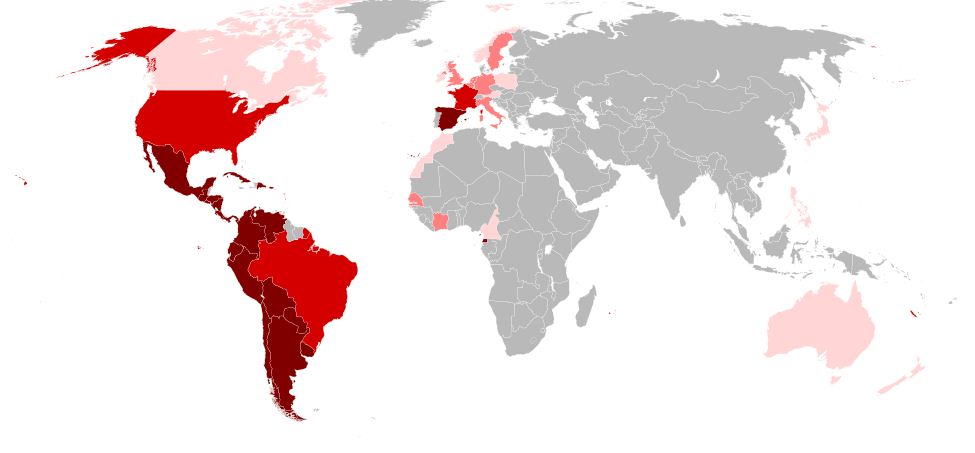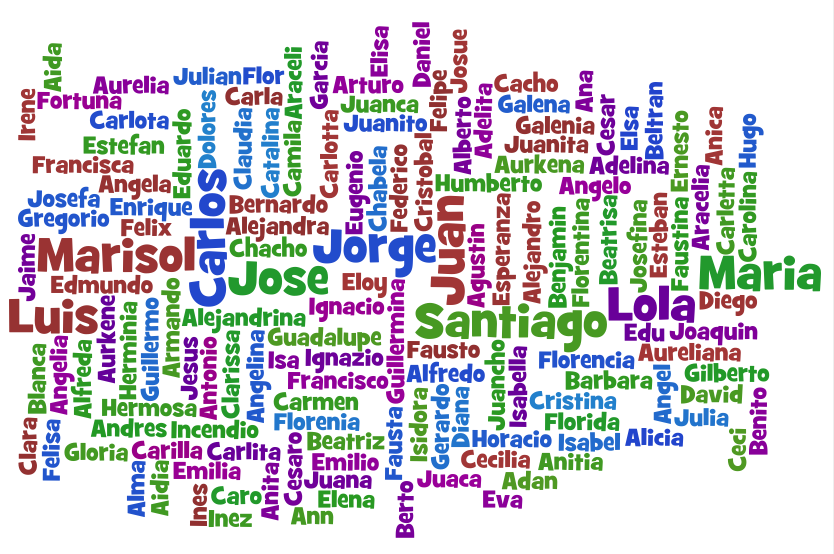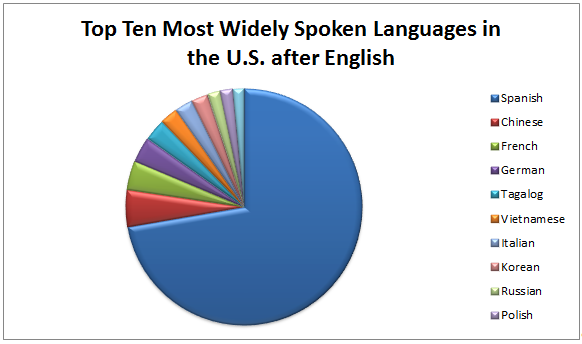Spanish is a member of the Indo-European family of languages, which originated approximately 5,000 years ago in the Black Sea region (McWhorter 2003). - ROMAN LANGUAGES
- LATIN
- CASTILIAN
- ARABIC
- SPANISH
AS YOU CAN SEE SPANISH HAS A LOT OF DIVERSITY SINCE THE BEGINNING. IS A LANGUAGE THAT REPRESENT THE DIVERSITY OF THE PEOPLE WHO SPEAK IT. IS A LANGUAGE THAT KEEP MOVING FORWARD AND GROWING UP. TAKE THE CHALLENGE AND LET'S SPEAK ... ESPAÑOL
SPANISH IS A WORLDWIDE LANGUAGE, SPOKEN FOR MORE THAN 20 COUNTRIES AROUND THE WORLD. ANOTHER REASON AND INSPIRATION WHY, YOU SHOULD BE ABLE TO SPEAK SPANISH.
WHAT IS YOUR LANGUAGE, AND WHERE IT IS SPOKEN?
A lot of time when we travel, we have a lot to tell. New, good and bad experiences. Memories, people, culture, languages, landmarks, etc. Tell me how was your last travel experience, where? how was it? would you go back?
Muchas veces cuando viajamos tenemos mucho que contar. Nuevas, buenas y malas experiencias. Memorias, gente, cultura, lugares, paisajes, idioma, etc. Cuéntame que tal fue tu ultimo viaje, ¿a dónde? ¿cómo fue la experiencia? ¿volverías?
if you see this names, can you guess people speak ESPAÑOL?
SPANISH IS THE MOST SPOKEN LANGUAGE IN THE UNITED STATES AFTER ENGLISH...
WHAT THIS WILL LOOK LIKE IN 2030?
 PUERTO RICO
THIS IS MY COUNTRY, WHO MAKES ME WHO I AM. I AM VERY PROUD TO BE PUERTORRICAN AND SPEAK SPANISH. WE LOVE TO DANCE, TO TALK, TO EAT, TO SHARE, TO WELCOME PEOPLE, BUT MOST OF ALL WWE ARE HARDWORKERS ADN WE LOVE FAMILY.
THIS IS MY COUNTRY, THIS IS ME....
TELL ME WHAT REPRESENT YOU? AND WHERE YOU CAME FROM?
 ARGENTINA
I SPENT A YEAR BACK IN 2005 LIVING IN THE BEAUTIFUL COUNTRY ARGENTINA. SINCE THEN I FALL IN LOVE WITH THIS COUNTRY, CULTURE, PEOPLE AND FOOD...
SHARE YOUR OWN EXPERIENCE IF YOU WENT TO ANY SPANISH SPEAKING COUNTRY; IN CASE THAT YOU HAVE NOT VISITED ANY SPANISH COUNTRY YET, WHERE YOU WOULD LIKE TO GO AND WHY?
During this week most the Catholics around the world celebrates God, his life, his death and resurrection. It is important that if you are learning Spanish, learning the basic names and words need it the most for this religious time.
Saeta / Flamenco verse sung at processions in Holy Week
Paso / religious image of Christ or the Virgin Mary representing one of the different moments from the last day in the life of Christ
Penitencia / penance after sin repent.
Cuaresma/ Lent, the period of time previous Easter (forty days)
Miércoles de Ceniza/ Ash Wednesday, the first day after Carnival
Domingo de Ramos/ Palm Sunday, the day Easter begins
Procesión/ procession
Cofradía/ brotherhood, groups of people devoted to the same image.
Via Crucis / the representation of God last day of life and Crucifixion.
Sábado de Gloria / Holy Saturday
Viernes Santos / Good Friday
Domingo de Resurección / Easter Day
Semana Santa / Holy Week
The Spanish Speaking Population around the world is known as "latinos". As "latinos" we love music and is part of our culture and the definition of our language. I will share with all of you some of the famous rithyms that identify us a society:
Argentina: el tango, la chacarrera y la zamba
Chile: la cueca
Colombia: la cumbia, el porro y el vallenato
Cuba: el chachachá, el mambo, la nueva trova, la rumba, el bolero, el son cubano y el danzón
España: el flamenco, la copla,
República Dominicana: la bachata, el merengue, el merengue ripiao, el dembow
Guatemala: la marimba
México: el mariachi, la música norteña, el grupo, la banda, el trio, el bolero, el pop y el rock en español, los corridos
Nicaragüa: la polka
Panamá: el reggae, el punto, el calipso
Perú: la música andina
Puerto Rico: la bomba, la plena, la salsa, el seis chorreao, el reggaetón
Urugüay: el tango, el candombé
Venezuela: el llanero, el joropo
THIS ARE THE MOST POPULAR RHYTHMS THAT IDENTIFIED THE LATIN AND SPANISH POPULATION AROUND THE WORLD.
WHAT ARE YOURS?
In English, you use “I love you” and “I like you” to express feelings of love and affection, in Spanish there are many words and phrases that express the subtle differences in our emotions. Te quiero and te amo: - Te quiero, whose literal translation is “I want you,” is the most common of the two phrases. You use it with anyone from your parents to your friends, lovers, and significant others.
- Te amo, on the other hand, is a much stronger and intense phrase. It is reserved for your “media naranja” (your other half), your lover, husband/wife, love-of-your life type person. Its literal translation is “I love you.”
Other phrases that express love and affection include:- Te adoro: “I adore you,” this is similar to “te amo” in that it is intense and reserved for someone you have romantic feelings for.
- TQM: the initials for “te quiero mucho,” which as we have seen above is a way of saying you care for someone, whether a friend or family member or more. This abbreviation is used often among friends and lovers, especially when texting or chatting online.
In Spanish all depends on how deep is the love in order to chose a phrase.... How do you express love in your language? tell me about it
|





